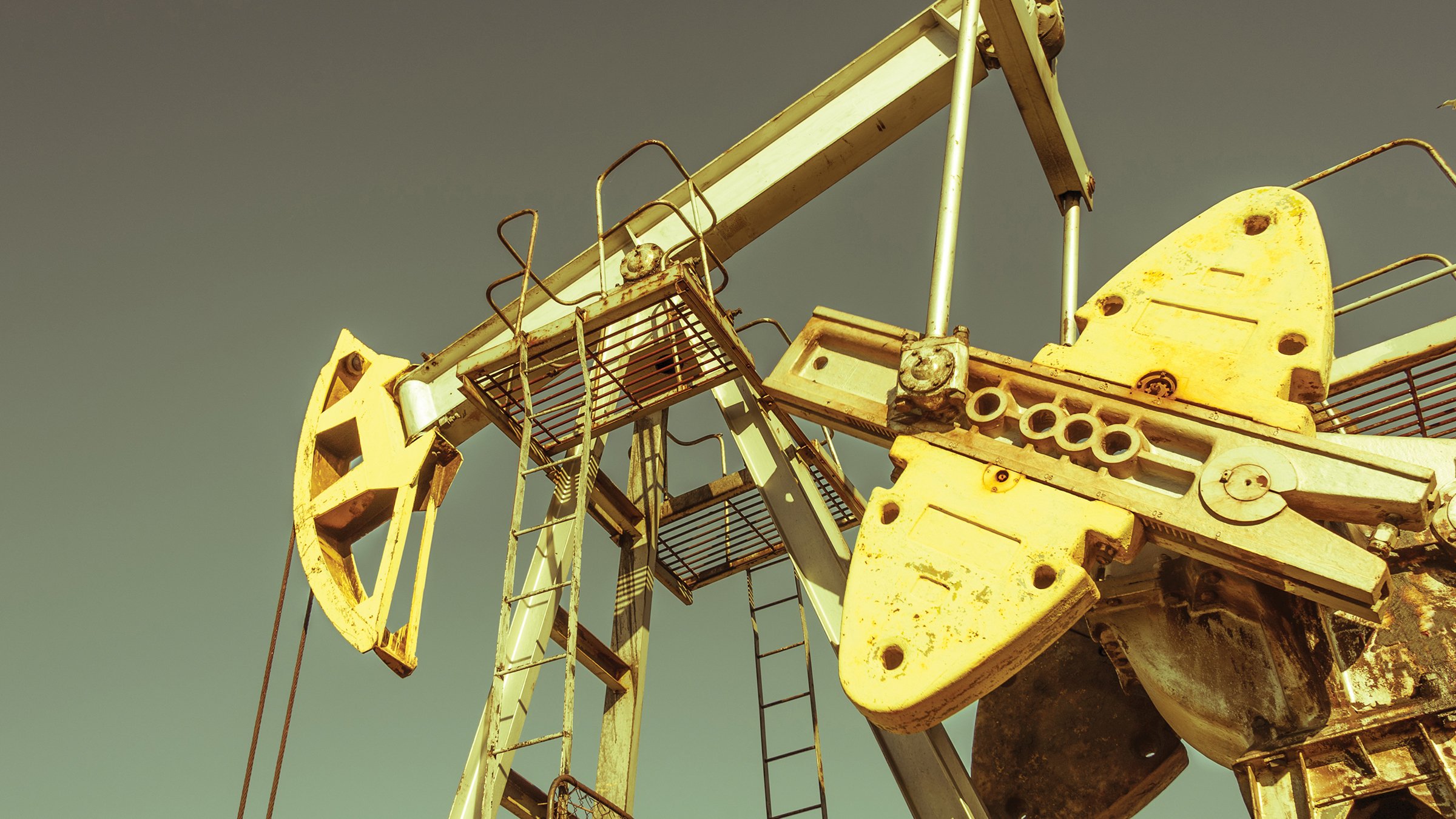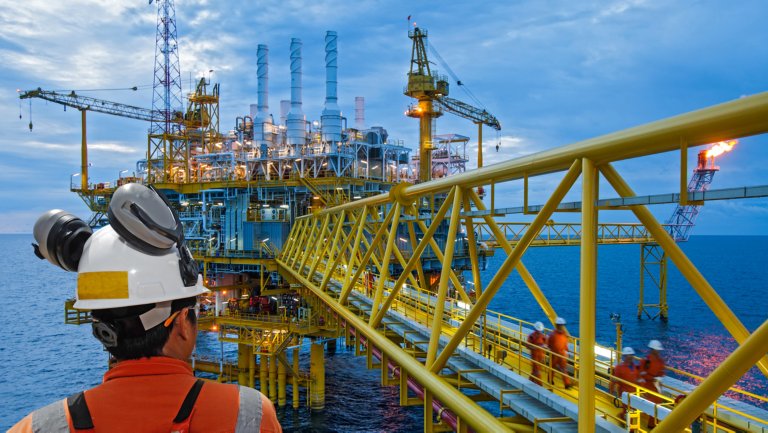By Jeffery Anderson, Digital Architect and Ivan Alaniz, Solutions Architect, Sensia
For engineers who monitor hundreds of well assets, a day on the job is not without its pressures. These workers must contend with several screens of well data, hundreds of alarms, and multiple applications used to monitor and manage assets.
They’re also performing constant, complex problem solving to turn raw data into insights to understand what’s happening to assets in the field, and hopefully, get ahead of downtime events.
The primary culprit in all this? Asset surveillance systems. The systems make it difficult for engineers to know which wells are experiencing the most severe issues and, as a result, can easily miss critical events that can lead to asset failures.
Asset surveillance systems don’t need yet another application or layer of information. They need a complete overhaul. Modern equipment monitoring systems help do just that, putting the user experience front and center and using innovations such as artificial intelligence (AI). This can reduce the burdens put on engineers so they can focus on what’s most important: quickly addressing urgent asset issues and maximizing production.
Effects of Alarm Overload
Research conducted by Sensia shows more than 4,000 alarms can consume all an engineer’s time in one shift. This is simply because of the complicated nature of monitoring well assets.
For maximum protection, asset alarms often are set with tight threshold limits, and the evolving nature of oilfields activates them frequently. This leads to engineers constantly being pinged by alarms and continually having to adjust alarm settings based on changing well conditions.
In addition, several dozen or even hundreds of alarms can inundate engineers at any given time. With little-to-no context provided for much of this alarm data, engineers often aren’t aware which alarms are the most critical.


